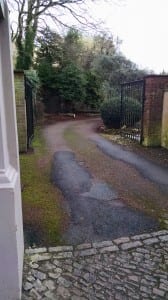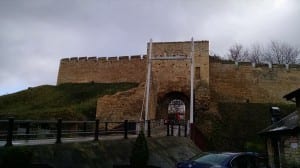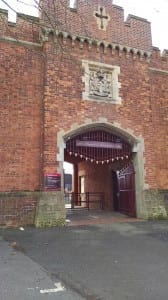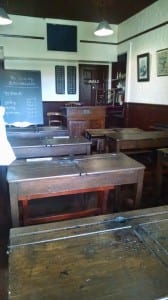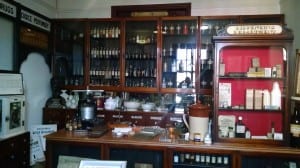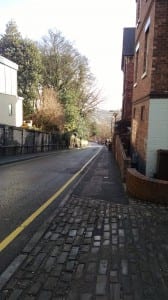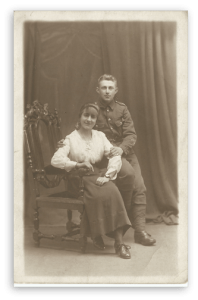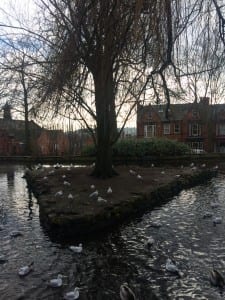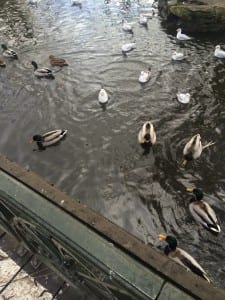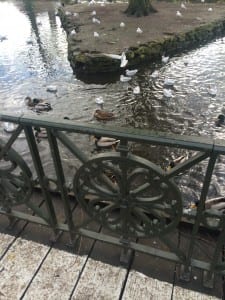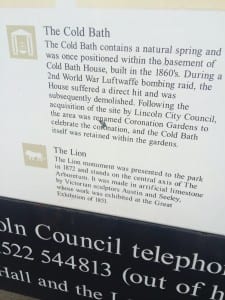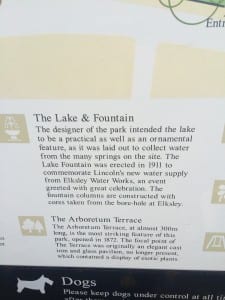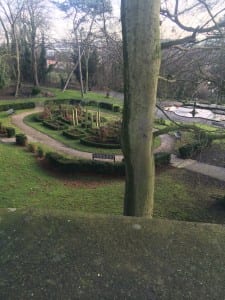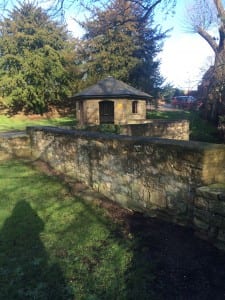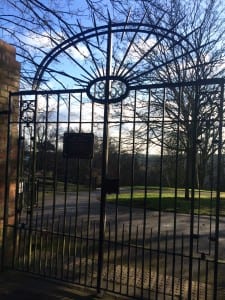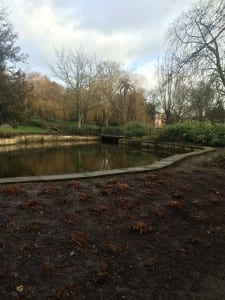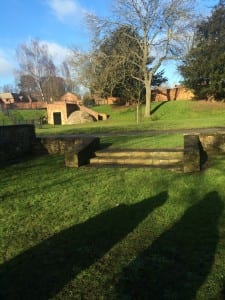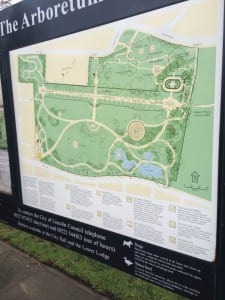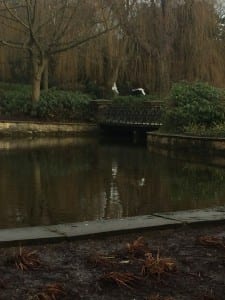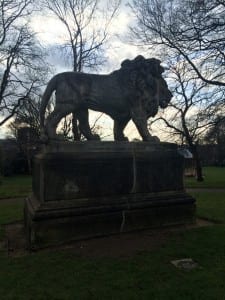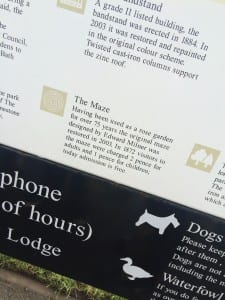Our Drift to the ‘Museum of Lincolnshire Life’ was interesting and enjoyable. The particular topic which caught our attention was the treatment of Women during the Victorian Era and the war. From the photos, you can see there is one of the classroom, which as we can see, It was small and basic. Women teachers would have set rules in which they had to obey, one in which being that ‘they could not marry during the terms of their contract’ which is very strict and is something that doesn’t happen now, it sounds quite odd to hear. I wonder how women would react today, if these rules came back. The museum had many points of interest, such as letters, nursery rhymes that would be sung and games that were played. Maybe we could incorporate some of these aspects into our performance.
Overall it was a great experience. We are all very much looking forward to creating our piece as a group and can’t wait to get started.
Monthly Archives: February 2015
The Working Life of Florence Bonnett
Having visited the Museum of Lincolnshire Life, whilst on our Drift the other day, our group became particular inspired by the women at war and more importantly the women workers at war. It is a topic that I feel our group are really engaged with. So having begun researching the women workers in Lincoln, I found an article that was focused on one worker in particular. The article outlines the average work hours for women in “War Work” and tells the story of Florence Bonnett’s work and life as a Munitionette.
Florence Bonnett had left school at the age of 13 and joined the family business as a fishmonger. During which time she had signed up for “War Work” at William Fosters. She was making tracks for the first tanks and would have had to have worked 12 hour shifts. There are quite a few things in Florence’s story that I felt a connection with, firstly that my granddad, uncle’s and dad all used to be fishmongers and secondly that my grandmother’s maiden name is Bonnett. Also it was interesting to hear that Florence original lived on Monson Street, this might be something that our group could explore and see if it could be incorporated into our piece.
Florence’s story is all in the article which I will link below for my group and anyone else who would like to find out more about Florence.
Laura Swain
Our drift – Sarah Cameron
The Imaginary Walker
Read The Imaginary Walker pp. 61-76
Coverley, M. The Art of Wandering: the writer as walker. Harpenden:Oldcastle Books.
Chapter can be found in my folder on BB – under key texts tab.
The Lawn – Sam Robinson
I find the Lawn interesting as from accounts i have heard it is haunted but contrary to popular belief that mental homes where barbaric places, the Lawn was not and yet it is reported to be haunted which would be an automatic assumption of an asylum. The Asylum was known for being at the front of pioneering work to help the mentally ill, with trees planted around the building to protect the patients from the gases of the city.
“There have been many reported sightings of ghostly figures, including those of children, roaming the corridors and grounds of the Lawn. They are said to wander round looking lost dressed in white robes. There are claims that these apparitions seem to be looking for something that the observers cannot see. Some have even reported hearing loud crying and wailing emanating from within its walls. Could these be the sounds of the troubled former inmates? A ghost hunting team spent a night in the building and spoke of seeing a table move on its own and of contacting a spirit called Francesca, apparently a former inmate who was there only because she had given birth to an illegitimate child. The other members of the group experienced crying and feelings of sadness. The group reported electrical problems with their equipment when inside the buildings and also recorded sounds of tapping on the table.” (http://hauntedhistoryoflincolnshire.blogs.lincoln.ac.uk/lincoln/the-lawn/)
“The buildings stand in grounds of 8 acres which were deliberately planted with trees to shield the patients from “poisonous miasmas” which came from the industrialised parts of Lincoln.
The Asylum, led by Dr Edward.Parker Charlesworth (see bio) pioneered new ways of treating mental illness, without the use of restraint and barbaric methods to control patients” (http://www.itsaboutlincoln.co.uk/lincoln-lunatic-asylum.html)
